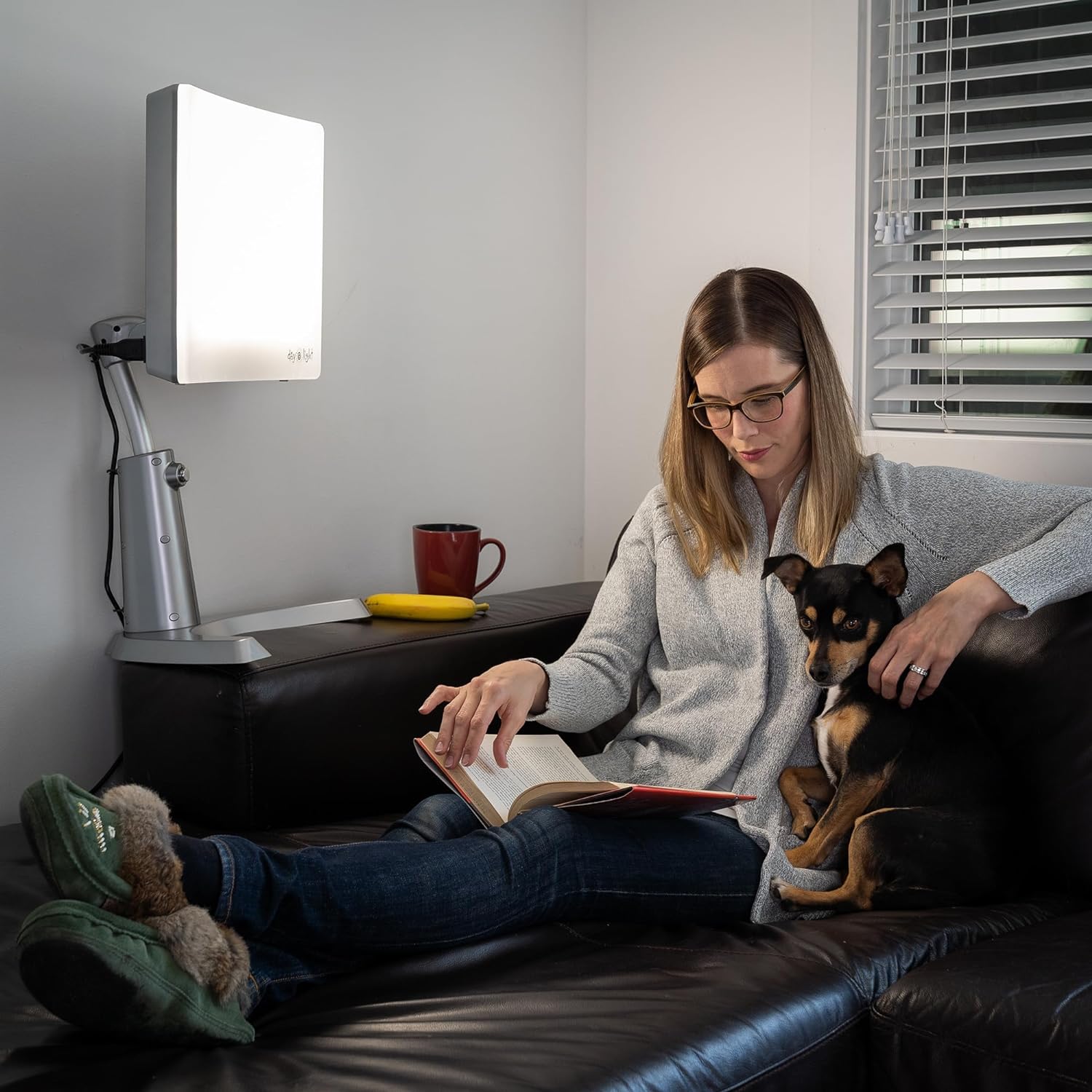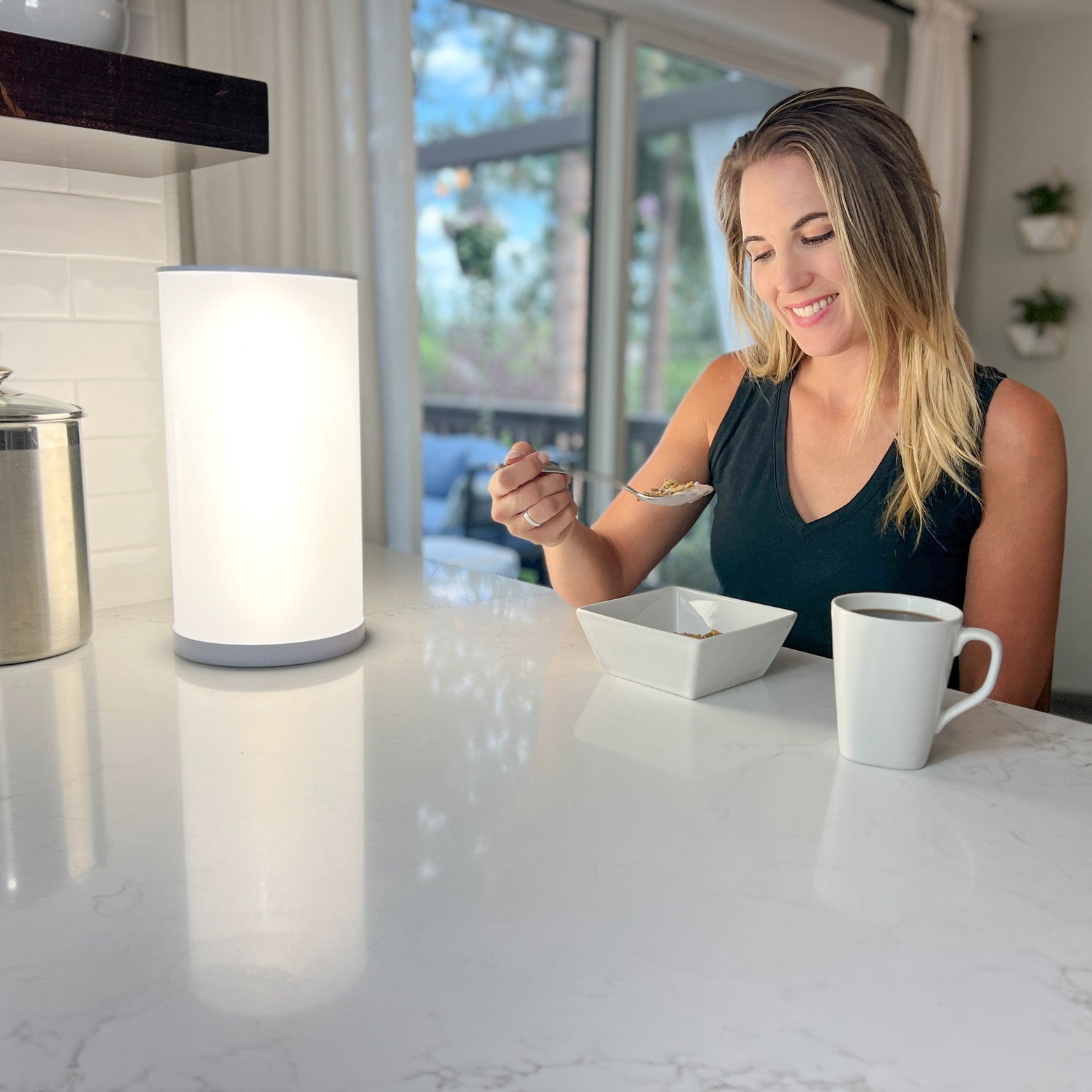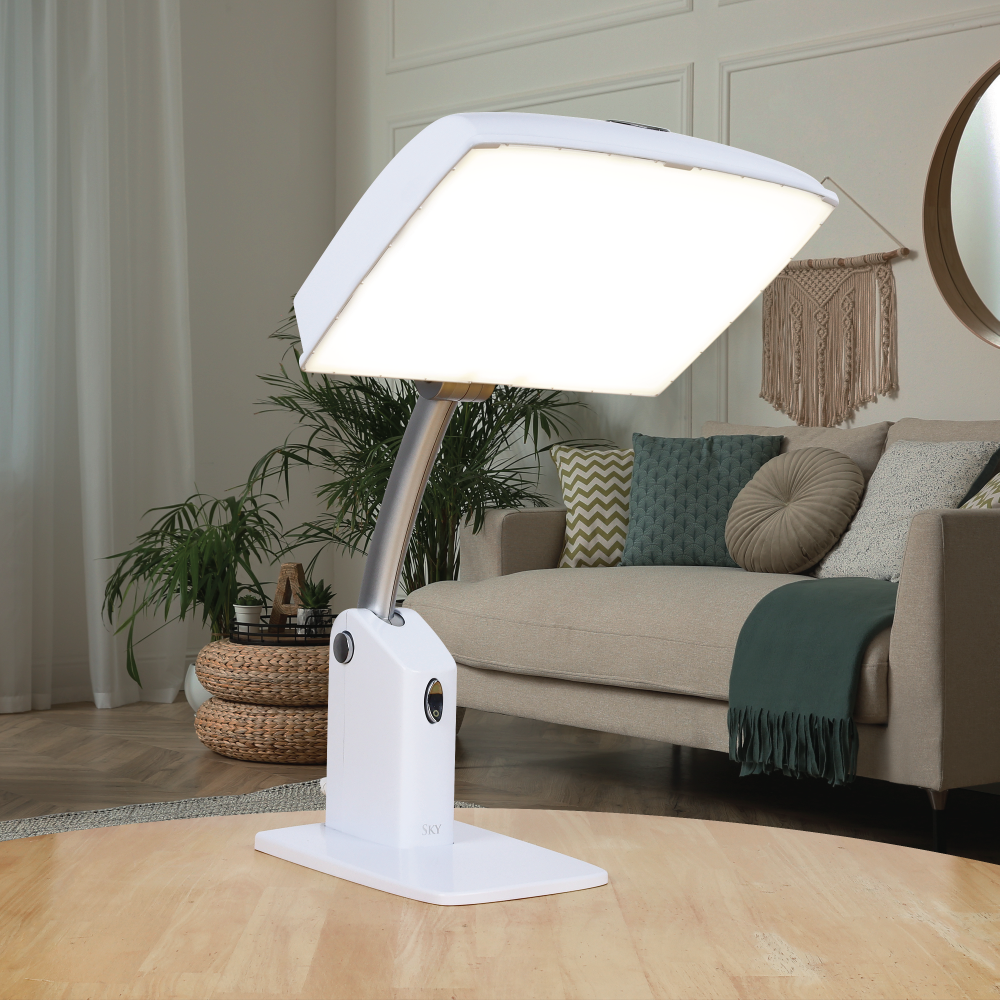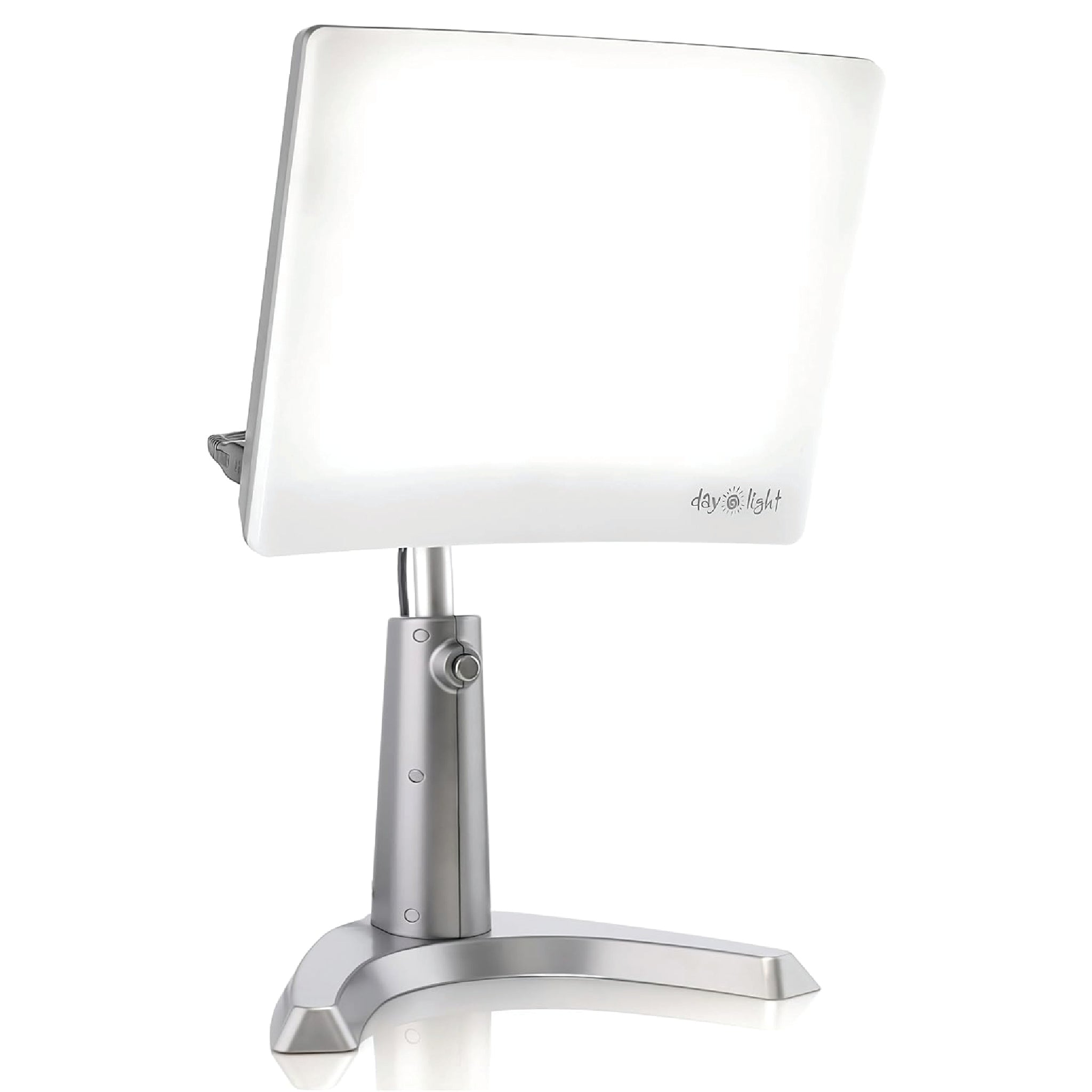Very handy size -- I have the lamp set up between my coffee grinder and espresso machine so I can get full light exposure first thing in the morning as recommended. My circadian rhythm is getting stronger ever day :-)
I love it but I wish I got it on Amazon because it’s cheaper there or from FB marketplace.
After using this product for a good 10 days, there is no question but that it has improved my quality of life: I sleep better, wake up feeling rested; and have more energy during the day. As for customer service? I'm not so impressed. I used a link to contact the company with some questions I had about proper usage. What I got back was crickets. Customer service should mean something.
After much research I decided to invest in a light therapy lamp and couldn't be happier with the Day-Light Elite Light I purchased. It has exceeded all my expectations including improving my energy level and mood. Prior to using this light I struggled to stay awake, found myself yawning for most of the morning and taking a nap late-morning/early-afternoon. That is no longer the case. I highly recommend you give light therapy a chance if you find yourself struggling with waking up, your low energy level or a "blah" kind of mood. I chose the Day-Light Elite based on reviews from others.
Does what it says. It's bright and the timer on the side is convenient. The plastic smells strongly enough though that I actually sneeze when it's around. Since this is a health focused product, and with a considerable price tag, I'd expect a more conscious choice about materials used. As soon as I'm done using it, I put it in another room near a window hoping the chemical smell will dissipate over time. Two weeks so far and still about the same. Other than that, yes I like the product.




